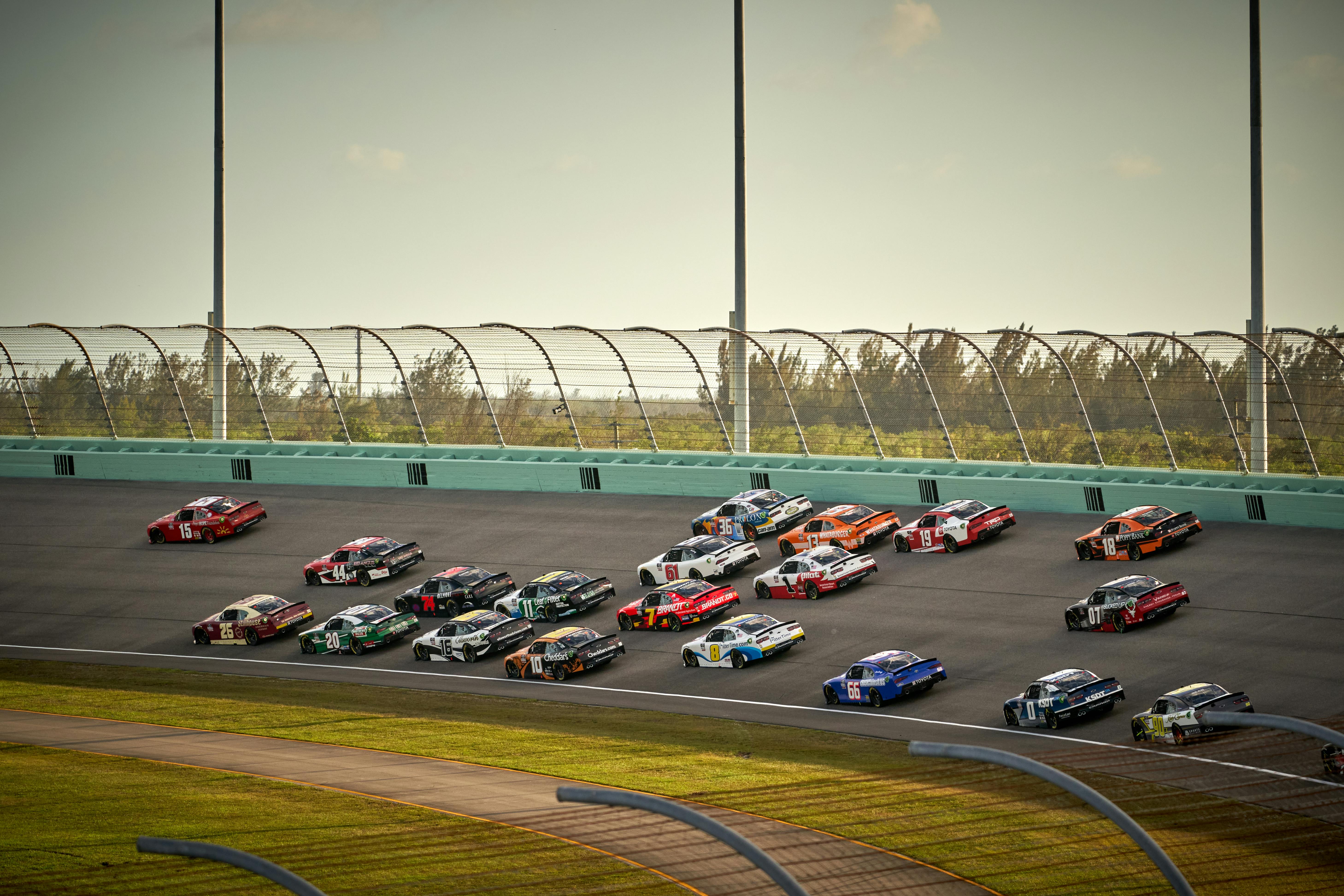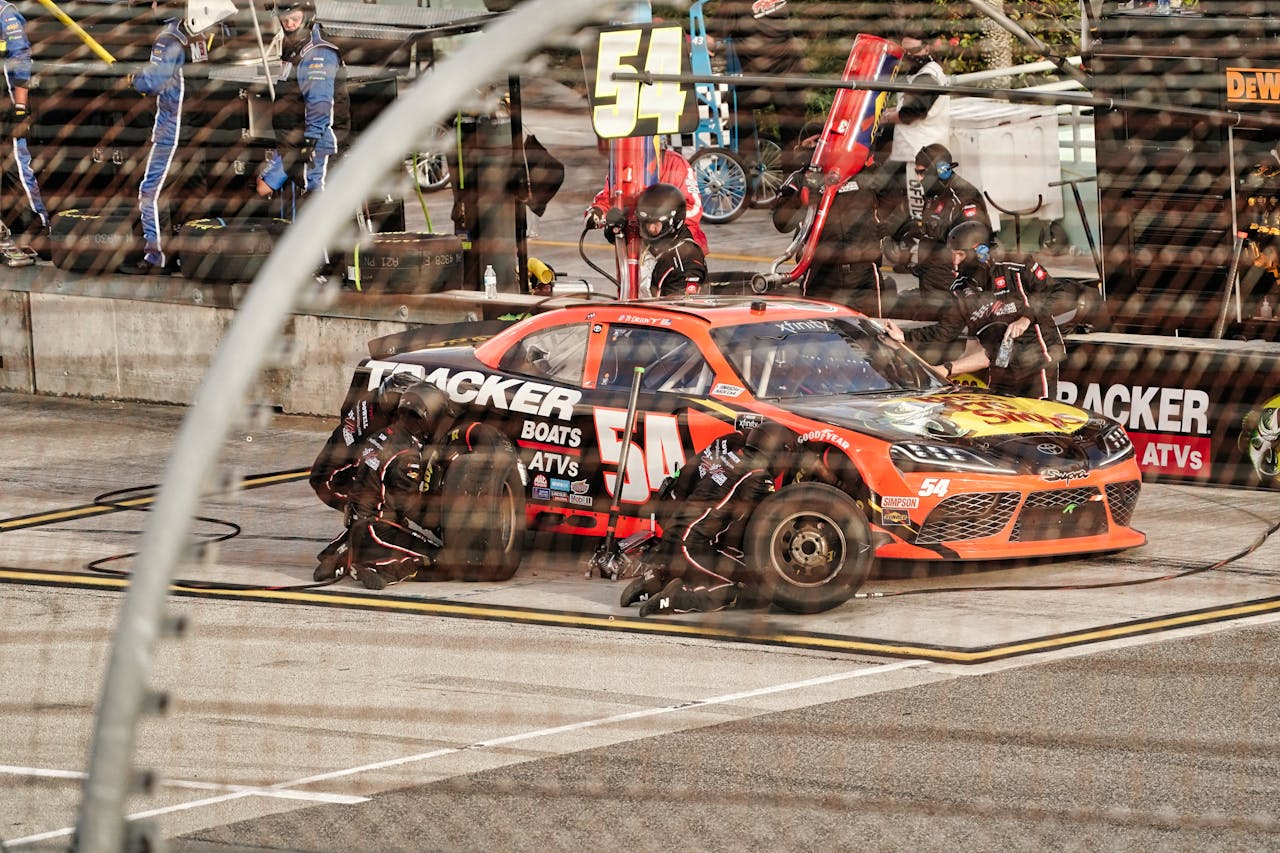The Thrilling History of Motorsports: From Formula 1 to NASCAR
Motorsports have captivated audiences with their blend of speed, skill, and strategy for over a century. From the glamour of Formula 1 to the rugged excitement of NASCAR, the history of motorsports is a thrilling journey of innovation, rivalry, and unforgettable moments. Buckle up as we take a high-speed ride through the origins and evolution of these iconic racing disciplines.


The Birth of Motorsports: Early Beginnings
Motorsports trace their roots back to the late 19th and early 20th centuries, when automobiles were still a new marvel.
1. The Early Days
- Paris-Rouen Race (1894): Often considered the first motor race, the Paris-Rouen race was a 126-kilometer event that showcased the capabilities of early automobiles. While not a traditional race, it set the stage for future competitions.
- The Vanderbilt Cup (1904-1916): This American race, held on Long Island, was one of the earliest major motorsport events in the U.S. It helped popularize racing and attracted international competitors.
2. The Advent of Formula Racing
- Formula 1 Origins: The idea of Formula racing began to take shape in the 1920s and 1930s. The first official Formula 1 World Championship took place in 1950, marking the beginning of a sport that would become synonymous with speed and sophistication.
Formula 1: The Pinnacle of Precision
Formula 1, often referred to as F1, represents the pinnacle of motorsports with its blend of cutting-edge technology, high-speed racing, and international glamour.
1. The Early Years
- The First Season (1950): The inaugural Formula 1 World Championship was held in 1950, with Giuseppe Farina winning the first title driving for Alfa Romeo. The early years were characterized by the dominance of European manufacturers and the development of advanced automotive technologies.
- Legends and Innovations: The 1960s and 1970s saw the rise of legendary drivers like Juan Manuel Fangio, Ayrton Senna, and Nelson Piquet. The introduction of innovations such as aerodynamic design and turbocharging set new standards in the sport.
2. The Modern Era
- Global Expansion: In recent decades, Formula 1 has expanded its reach globally, with races held on circuits across Asia, the Middle East, and the Americas. The sport continues to push the boundaries of technology and performance.
- Sustainability and Innovation: The 21st century has seen a push towards hybrid technology and sustainability. Teams and manufacturers are investing heavily in developing environmentally friendly technologies while maintaining the thrill of racing.
NASCAR: American Tradition and Excitement
NASCAR (National Association for Stock Car Auto Racing) represents a distinctly American form of motorsport, characterized by stock car racing and a passionate fan base.
1. The Early Days
- Founding and Growth: NASCAR was founded in 1948 by Bill France Sr. in Daytona Beach, Florida. The sport initially attracted enthusiasts with its roots in modified stock cars and has since evolved into a major professional racing series.
- The Daytona 500: Known as the "Great American Race," the Daytona 500 is NASCAR’s premier event and has been a staple of the series since its inception. It showcases the exciting, close-quarters racing that defines the sport.
2. The Evolution of Stock Car Racing
- The Golden Era (1970s-1980s): The 1970s and 1980s were a golden era for NASCAR, with legends like Richard Petty, Dale Earnhardt, and Cale Yarborough dominating the track. The sport gained immense popularity and a dedicated fan following.
- Modern NASCAR: In recent years, NASCAR has seen changes in technology and regulations to improve safety and performance. The introduction of the Next Gen car in 2022 represents a new era of innovation in the series.
Crossing Over: The Intersection of Formula 1 and NASCAR
While Formula 1 and NASCAR are distinct in their traditions and approaches, there have been fascinating crossovers between the two worlds.
1. Drivers Who Crossed Over
- Juan Pablo Montoya: Colombian driver Juan Pablo Montoya achieved success in both Formula 1 and NASCAR. His career highlights include winning the 2000 Indianapolis 500 and competing in NASCAR's top series.
- Danica Patrick: Danica Patrick, known for her achievements in IndyCar, also made a significant impact in NASCAR. Her presence helped bridge the gap between open-wheel and stock car racing.
2. Technological Influence
- Technology Transfer: While F1 is known for its advanced technology and innovation, NASCAR has also adopted some of these advancements over the years. The emphasis on safety, aerodynamics, and performance improvements reflects a mutual influence between the two racing disciplines.


The history of motorsports is a thrilling journey that reflects technological advancements, fierce rivalries, and a global passion for racing. From the early days of automobile competitions to the sophisticated circuits of Formula 1 and the high-octane excitement of NASCAR, motorsports continue to captivate audiences around the world. Whether you’re a fan of the precision of Formula 1 or the down-to-earth excitement of NASCAR, the legacy of these racing traditions is a testament to the enduring allure of speed and competition.












